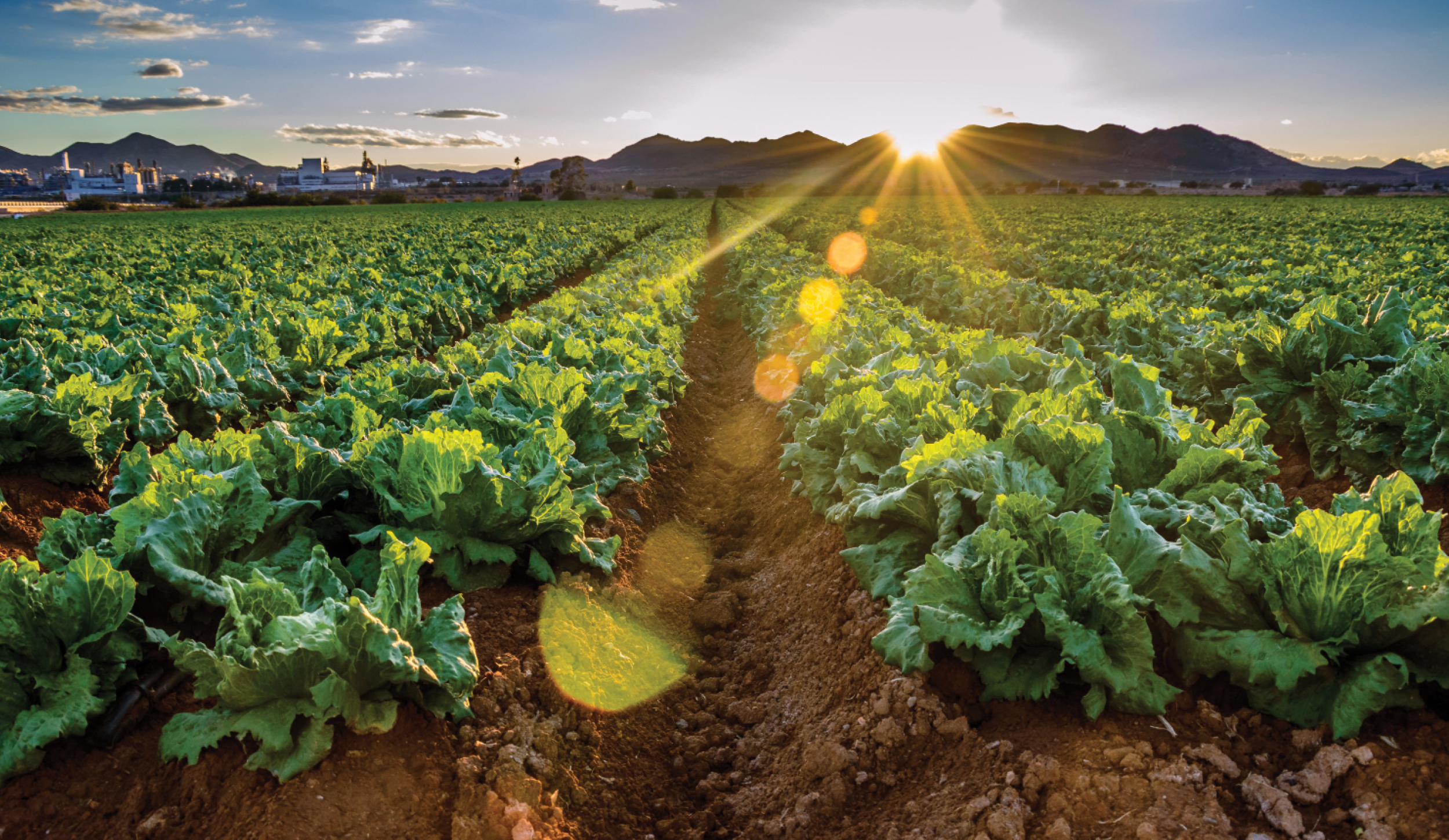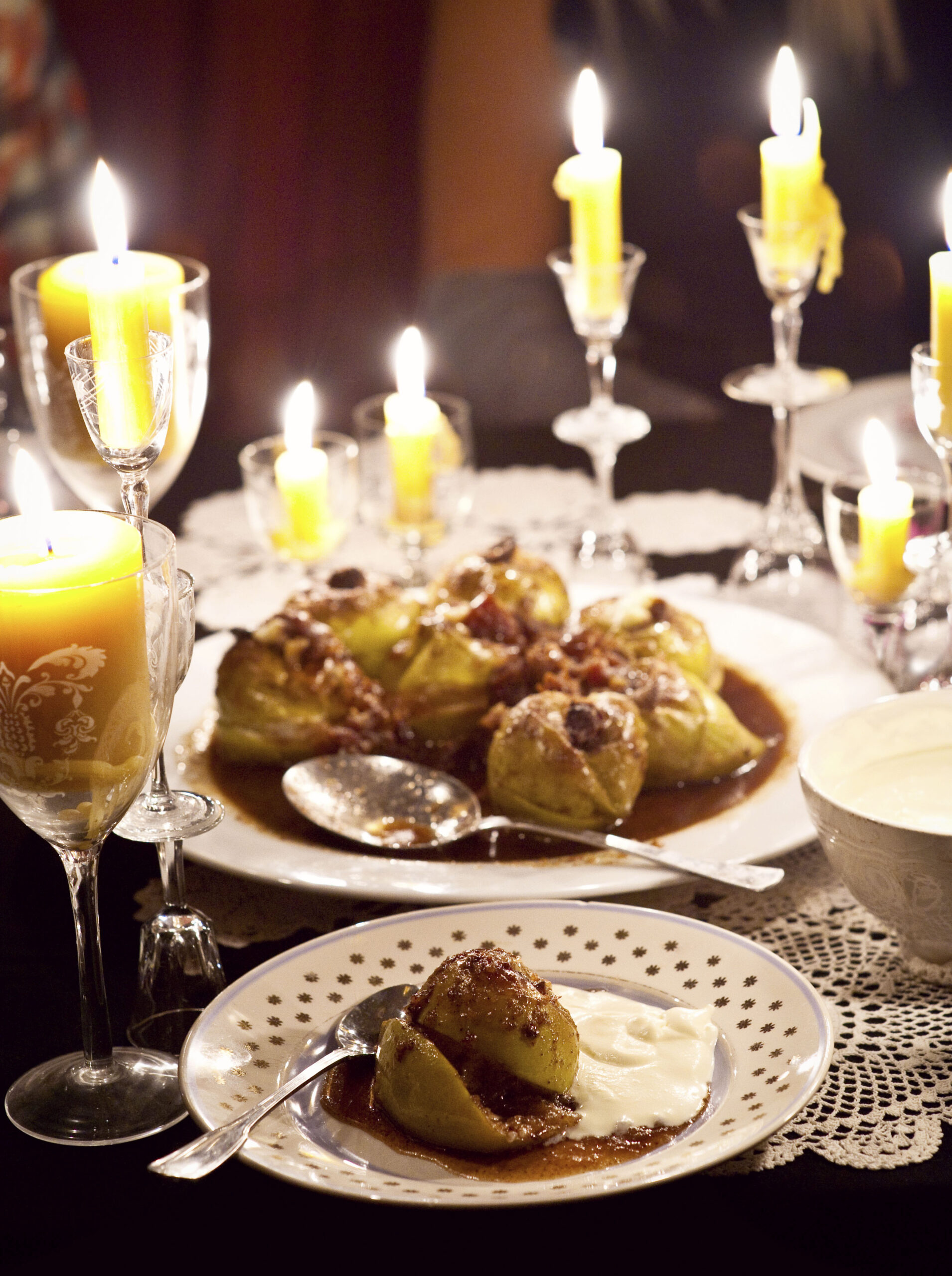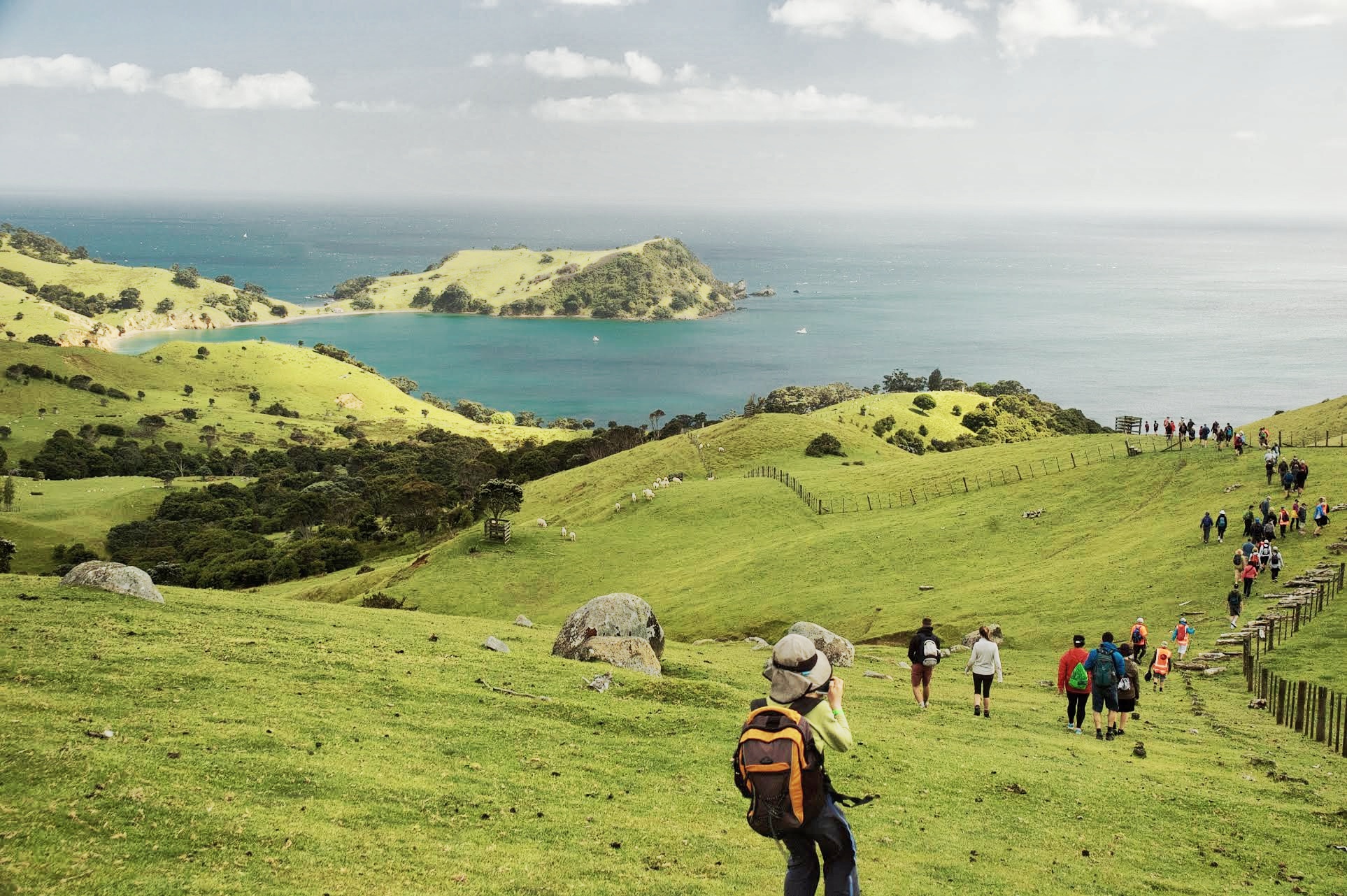In the first of Good’s online series about food traceability, Jai Breitnauer looks at the state of global fishing stocks, and how one Kiwi company are aiming to make their produce as sustainable as possible.
It was the summer of 1992, but despite the moderate heat along Canada’s eastern coastline, something in the Atlantic was seriously wrong. Trawler after trawler left the ports of Newfoundland anticipating their usual catch; yet each returned with nets all but bare. Just two years before the regular catch had been 250,000 tons a year, having hit a short-lived high of 800,000 tons in the early 1970s. But, as biomass (fish stock) abruptly fell to less than 1 percent of previous levels in a matter of months, the Canadian government took an unprecedented move – they issued a moratorium on fishing, ending the region’s 500-year history with the northern cod.
“Over 19,000 people lost their jobs overnight”, says Charlotte Connell from the Marine Stewardship Council (MSC). That figure soon increased to 35,000, affecting more than 400 coastal communities. “They’d literally fished the cod until there was none left, and that wasn’t just an ecological disaster – it had a human cost too.”
The initial two-year moratorium became five years, then ten – and twenty-two years later the fishery still hasn’t recovered. Modern technology that allowed fisherman to trawl larger, deeper areas for longer, and not discriminate about the age of the catch, had resulted in the near extinction of the cod, as well as the loss of a valued way of life. But sometimes it takes a tragedy to accelerate change.
“In 1997, the World Wide Fund for Nature got together with Unilever, the world’s biggest fish distributor. They knew that ecologically, and economically, they couldn’t let this happen again,” says Charlotte. “So they created a body that would monitor both the ecosystems, and fishing practices, to try and manage stocks. That’s how the MSC was born.”
Now an independent, not-for-profit organisation, the MSC is a global standard setter, monitoring fisheries and those who work them – rewarding the ones that meet their strict standards.
“When certifying a fishery, we have three areas we have to consider,” Charlotte explains. “First, the target stock – are there enough fish in the population? Second, the marine eco-system – this is mostly about by-catch and what other species could be put at risk. Finally, we look at the management of the fishery.”
It’s a long and expensive process for the fisheries, and it was 2001 before the first was certified under the new MSC programme; Australian Western Rock Lobster. New Zealand Hoki wasn’t far behind, with certification achieved just a few months later, and today nearly 200 fisheries have been independently certified, with 100 more under assessment. The next step was to carry this message to the consumer.
“It had to be worthwhile for fisheries, beyond the economic and environmental factors,” explains Charlotte. While the MSC don’t charge for their services, the third party auditors do, and once a fishery has entered certification they have to keep it up – reassessment occurs every five years, with 12-month audits and spot inspections in between. So the MSC introduced their eco-label to help the consumer become more aware. As of March 2013, 18,000 products globally, carried the eco-label, with commitment from Walmart in the US, Sainsbury’s and M&S in the UK, and Woolworths in Australia to stocking eco-labeled products. Around 2000 companies who use stock from certified fisheries had entered the MSC chain of custody programme worldwide. Yet incredibly, no New Zealand based company was using the eco-label.

“It was a chicken and egg situation,” admits Stu Yortson, GM NZ Marketing for Nelson based seafood retailer, Sealord. “We wanted to talk about our environmental credentials, but as the eco-label wasn’t known in New Zealand, we weren’t sure what value it would have for the consumer.”
Having seen a positive response to the label launch in Australia, Sealord finally decided to bite the bullet and carry the label on certain products in New Zealand.
“We are rolling out our labeled Hoki products over the next six months, from August 2014,” explains Stu. “It’s really exciting to finally have a voice for our sustainability credentials.”
Sealord catch and process most of their products themselves, and their chain of custody is very clear. They use nets that reduce by-catch of protected species such as turtles to less than 1 percent, and with the help of the New Zealand government they are developing precision harvesting techniques to make sure their fish are a certain size, and age. Off the water Sealord operates a no waste policy, using all their catch in some way, plus they have tight wastewater and energy efficiency guidelines at their Nelson plant.

“Where we use third parties, they are only reputable companies we have visited, and who allow us to monitor their activity. We can trace a catch down to a specific boat, which is important for quality control as well as for sustainability. It protects us, the marine eco-system and the consumer.”
With scandals like the recently revealed slavery in the Thai prawn fishing industry, Charlotte knows that simply asking consumers to trust a company’s word is not enough. It’s becoming increasingly important for the consumer to know where their products are coming from and how they got to their plate.
“A lot of seafood is imported,” Charlotte explains. “About 74 percent in Australia, for example. The use of internationally recognised eco-labels from a third party is a great way for the consumer to know they are making a positive purchasing choice.”
While the MSC are yet to introduce an ethics standard, Charlotte feels sure MSC-certified products would not have been caught up in the prawn fishing scandal. “Fishery management is one of the areas we look at, and illegal activity like slavery would not be tolerated.”
Now Sealord have started carrying the eco-label on their Hoki products, it really is up to the consumer to make the positive choices that will influence other parts of the industry. With Orange Ruffey currently under assessment as well as Hake and Arrow Squid, it is important shoppers make the choice to buy eco-label certified products when they are available, as this will encourage other businesses to take the plunge and gain certification for their products.
“We are trying to make the process easier, so you don’t have to be a scientist to tell if your fish is sustainable,” says Charlotte. That’s a concept we can all buy into.
For more information about the Marine Stewardship Council, visit www.msc.org
For more about Sealord, go to www.sealord.com/nz





